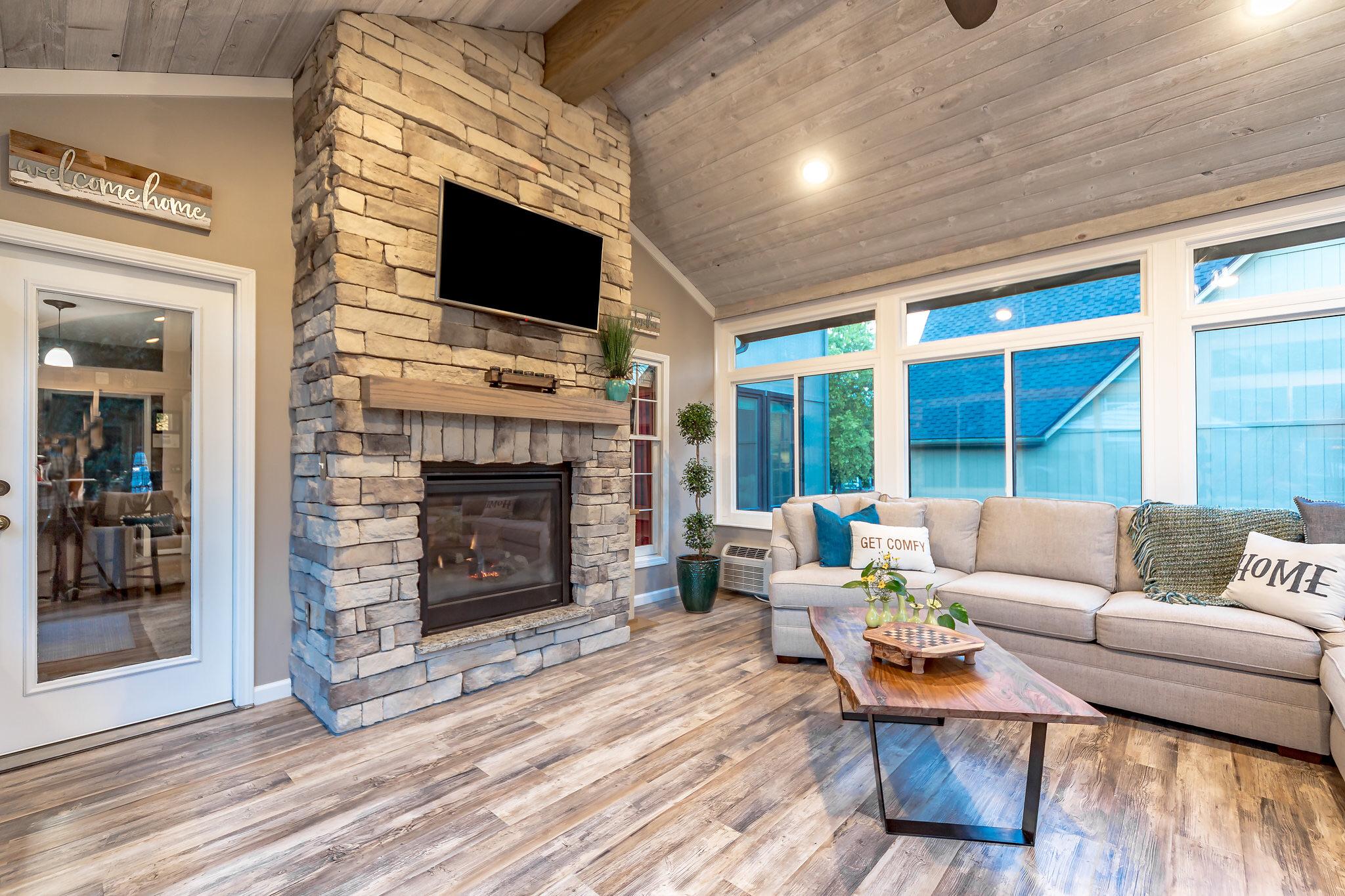Building a Sunroom for Year-Round Use
Quick tips for all-seasons sunroom constructionA sunroom helps you expand your home’s interior further into the Great Outdoors. But what happens when scorching summer heat or frigid winters make the outdoors seem a lot less great? When building a sunroom, it’s important to think about what happens to your room when conditions outside become downright hostile - and what measures you can take to make your room comfortable during all the time you want to use it.But first, let’s start with some good news. A true four-season sunroom is designed to be used during every season, pure and simple. Unless you call the Arctic Circle home or live happily in the borders of Death Valley, it should stay every bit as comfortable as the rest of your home, even during seasonal extremes.Because of advances in technologies used for energy efficient glass coatings, multi-pane insulated windows, and insulated vinyl structures, a sunroom can look and function just like the rest of your home. It should act like an expansion of your home and not a seasonal add-on that’s only comfortable half the time. That being said, there are some important considerations to make when building a sunroom, as seasonal climates vary wildly across North America, as do sunroom designs and building ordinances.With all that said, the greatest factors that determine a sunroom’s year-round usability are:Solar Heat GainGlass and Structural InsulationHeating, Ventilation, and Air Conditioning (HVAC)So let’s dive right in.Solar Heat Gain: Managing How the Sun Heats Your New AdditionA common misconception is that in order to stop sunlight from heating your interior space, the windows need to reflect it outright, dimming your sunroom. Actually sunlight is a combination of ultraviolet light, visible light, and infrared light - each of which can be reflected independently of one another. For example, invisible silver-based…









